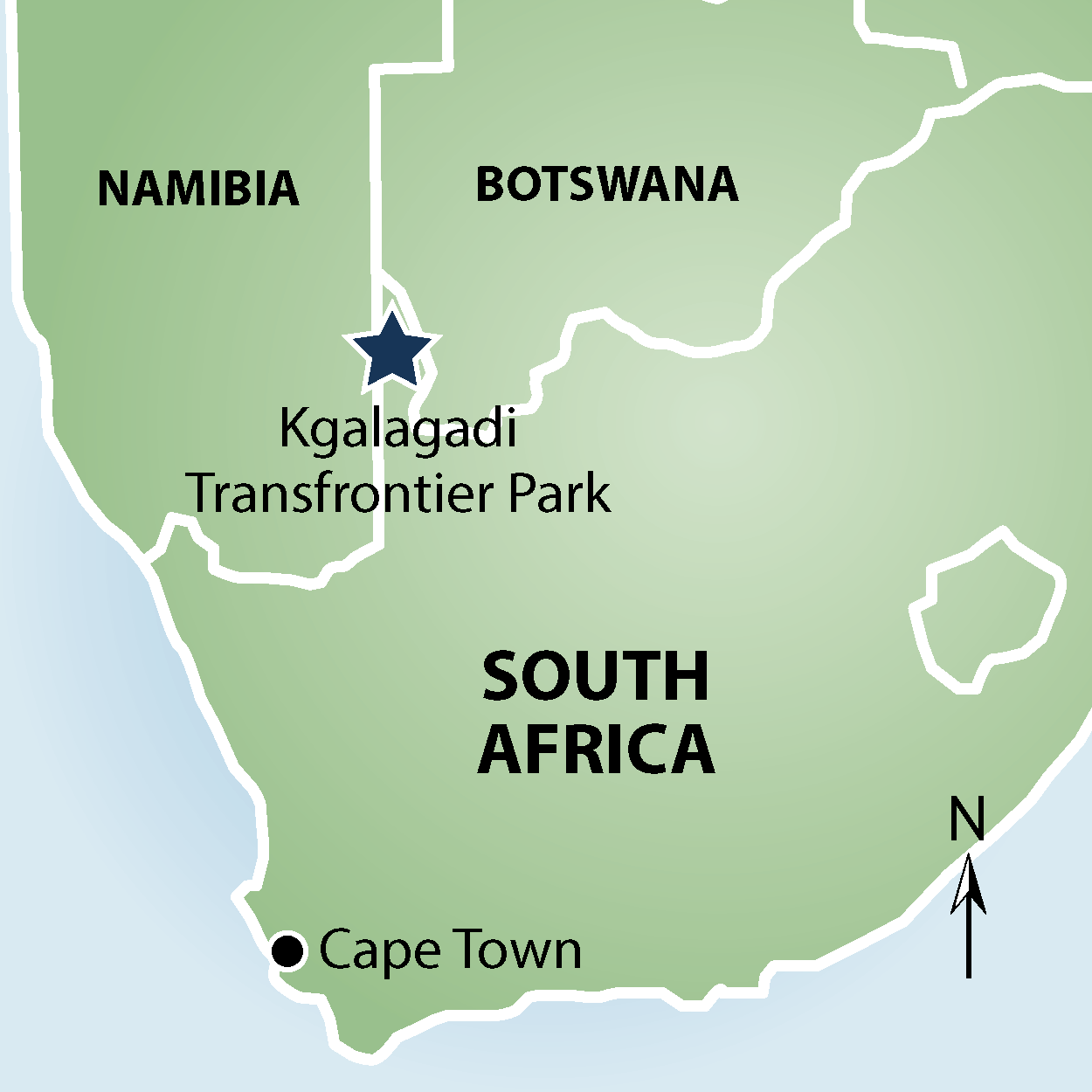

The adaptations of the Kalahari lions are a prominent case in point. These lions can be distinguished from others in the rest of Africa in having lighter fur overall, longer legs, and larger paws – physiological traits that are also found in other mammals adapted to desert living. Male lions have sleek manes that can range from golden to inky black in colour, helping them camouflage better. Females are quite lean and muscular, a trait that enhances the endurance that they need to hunt in the desert.

Female Kalahari lions
The blistering desert heat is accompanied by a scarcity of water. Kalahari lions protect themselves against this potentially devastating heat and aridity by withstanding thirst better than their counterparts in more ‘moderate’ areas, such as South Africa’s game reserves. Research on the Kalahari lions has also found that they may become completely independent of water under severe conditions, drawing enough moisture from their prey’s blood and body fluids. Water loss through evaporation is further reduced by the long and leisurely rests in which these lions indulge.

Kalahari Desert
These unforgiving conditions mean that the Kalahari lions are more opportunistic and have been known to prey on anything available, from birds and small mammals to the large Eland, the world’s largest antelope. Despite its sharp and potentially lethal quills, the Cape Porcupine is also a favoured prey of the Kalahari lion. The highly sociable Meerkats, a small species of mongoose, may also be taken.

Meerkats
You should have good opportunities to view and photograph the regal black-maned lions of the Kalahari and several other fantastic creatures on the pre-tour extension to South Africa: Best of the Cape. Email us at travel@worldwidequest.com to find out more.
South Africa: Best of the Cape


